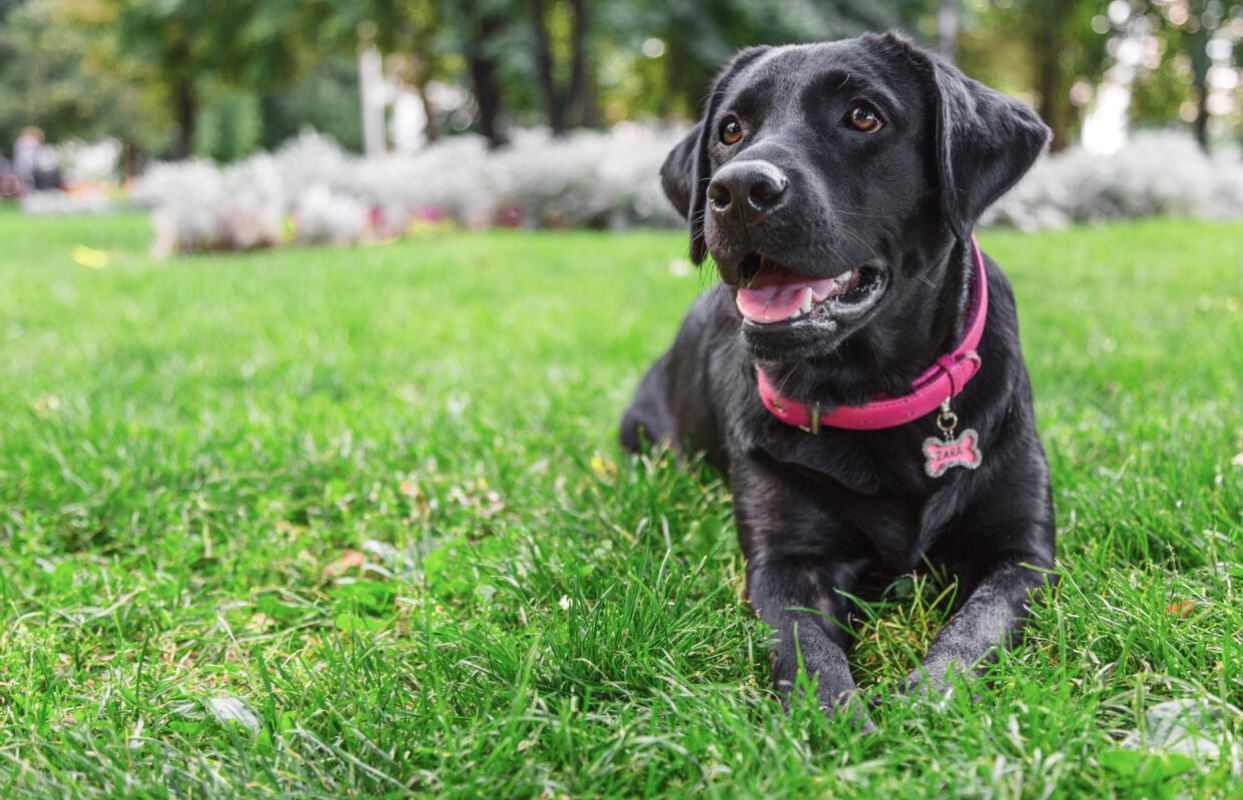Ground-breaking Study Offers Valuable Guidance for Veterinarians in Pyometra Postoperative Care
With the support of the IVC Evidensia Research Publication Support Fund, Mia Nilsson – Dog and Cat Disease Specialist at IVC Evidensia in Sweden - has published the first research paper to describe normal sonographic findings after ovariohysterectomy in dogs with pyometra.

The IVC Evidensia Research Fund offers financial and practical support for colleagues across our organisation, driving innovation in their respective fields. The fund also includes specific support to meet the costs of publication in journals, and presentations at both national and international conferences.
Mia Nilsson from IVC Evidensia Sweden, supported by the Publication Support Fund, is advancing the understanding of normal clinical and ultrasound findings in dogs who have recently undergone ovariohysterectomy in relation to Pyometra.
About Pyometra
Pyometra is a common illness in female dogs that haven't been spayed, and the typical treatment is removing the ovaries and uterus (ovariohysterectomy or OHE). However, previously there’s been very little information about what a normal ultrasound should look like after this surgery.
About the study
This study aimed to fill that gap by observing and comparing ultrasound results at three different times after surgery in dogs that had pyometra and a smooth recovery. Mia and her team looked at various aspects, including the area where the uterus used to be (cervical stump), the ligature reactions in the tissue holding the ovaries, the size and appearance of certain lymph nodes, the presence of fluid in the belly, and air pockets in the abdomen. They found some interesting details, like the cervical stump being larger a few days after surgery and certain reactions in the tissue around the ovaries, which can be useful for veterinarians when they interpret ultrasound results in dogs treated for pyometra. The full paper can be viewed here: https://onlinelibrary.wiley.com/doi/full/10.1111/vru.13310
We asked Mia a few questions to help us to understand more about her invaluable findings:
Tell us a bit about yourself
I finished vet school in Copenhagen in Denmark in 2005 and since then I have worked at Evidensia Small Animal Specialist Hospital Helsingborg in Sweden. Since the start, I have had a keen interest in ultrasound which has developed through the years, to include a fascination for all kind of diagnostic imaging. In 2011, I became a Swedish specialist in diseases of dogs and cats, whereafter I have worked mainly with Diagnostic Imaging and Cardiology. I currently work as the senior vet in these fields at our hospital. Since 2018, I have been part of a Swedish programme towards becoming a national specialist in Diagnostic Imaging.
How did the idea for this project come about?
In Sweden, intact dogs are common, leading to frequent pyometra cases. Despite being a routine surgery, dogs often experience minor complications, prompting concerned owners to revisit the clinic within the first 14 days. Many undergo ultrasound examinations, and clinicians, lacking published guidelines on normal post-ovariohysterectomy appearances, struggle to differentiate between normal and abnormal reactions. During my Swedish Diagnostic Imaging specialist training program, I seized the opportunity to delve deeper into this subject.
What part of this project did you find most enjoyable?
To compose the research plan and the meetings/discussions with my co-writers/supervisors along the way.
Are there any particular challenges you had to overcome?
I encountered several hurdles, including the initial task of securing experienced research supervisors. Securing funding to cover expenses like blood work and ultrasound exams posed another significant challenge. Despite the abundance of pyometra cases, obtaining suitable cases took two years. Transforming the subjective diagnostic tool of ultrasound into objective data proved challenging, particularly due to the diffuse reactions observed post-surgery.
What do you think are the most exciting findings from your publication?
There's notable diversity in reactions around the remaining cervix and mesovarium, often resembling abscess-like formations, even in cases of normal recovery. Additionally, we observed a deterioration in ligature reactions during the first post-surgery week, gradually returning to normal. Remarkably, the cervical stump's size remained consistent from day 10-15, similar to the immediate post-procedure day.
How might the findings help other practitioners?
It might help them to not overinterpret the ultrasound findings after ovariohysterectomy in dogs with pyometra. As we usually just see the dogs with some kind of complication after surgery, it is really valuable to see how normally recovering dogs might look. For me, it has become even more evident that we need to interpret findings on ultrasound alongside other diagnostic tools such as blood work, clinical signs and also ultrasound guided samples.
What is next for you?
To finish the Swedish veterinary specialisation in diagnostic imaging. I’m really looking forward to studying and learning more this year before my final exam. In the future I hope to supervise other veterinarians, so we can have more specialists in the field.
Have you got any advice for anyone who is thinking of starting a research project?
Choose a well-defined subject where it is easy to include many cases. Simple is better than complex. Only do a prospective clinical study if you are really into it, otherwise do something retrospective. Be sure to have a good supervisor that can help and support you and be kind to the reader when you write the manuscript.